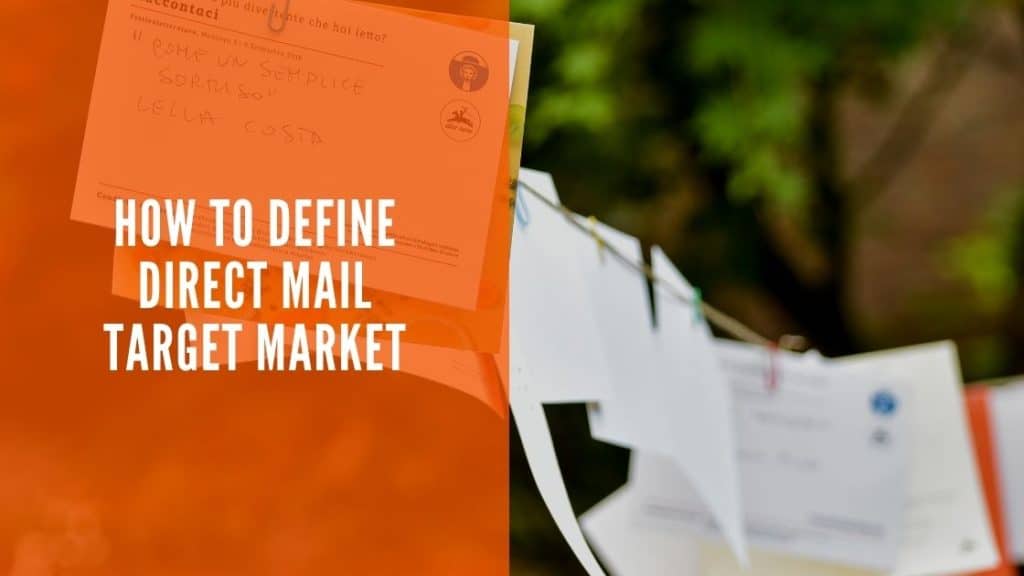Before starting on a new print or mail project, you’ll want to determine which printing methods best suit the task. Selecting the best printing method can be decided based on the quantity of pieces you need to print, the format and information on each piece, and of course the style or “look” you desire. When you need to print, it is best to consider the following printing methods: Digital printing and Offset printing. With both methods utilizing a different printing technique, it may be difficult to choose the correct one for your needs. Let’s take a look at the difference between digital printing vs. offset printing.
What is Offset Printing?
Offset printing typically makes use of aluminum plates which are then used to transfer an image onto a rubber “blanket.” That image is then rolled onto a sheet of paper. Offset printing is called “offset” because the ink is not transferred directly onto the paper. Offset printing is best to use when you need larger quantities. Offset printing provides accurate color reproduction, and a crisp, clean, professional print look.
What is Digital Printing?
With digital printing, there are no aluminum plates involved in the process. Instead, digital printing uses options such as toner based printing, laser printing, and ink jet printing to apply the ink based on a digital file supplied by a computer. Digital printing is great to use when lower quantities of paper are needed. Depending on the printer digital printing can produce as few as 1-1,000 copies, such as those at used at local print store (Kinkos, Office Max, Staples, etc.), or using commercial grade digital printers can manage runs of hundreds of thousands, and even millions of pieces.
Another hallmark of digital printing is variable data print capabilities, which means elements such as text, graphics, colors, and images can be changed and customized from one printed piece to another, without stopping or slowing down the printing process. When each piece needs a unique code, a data relevant image, user specific text, or unique layout choose digital printing.
Advantages and Disadvantages
There are advantages and disadvantages to both offset printing and digital printing. Offset printing overall is a great choice if you’re looking for premium quality print jobs with intricate detail and perfect PMS color matching. Offset printing is also handy for those looking to pay a low price for a large quantity print job. However offset printing also has large lead times, and does not have the piece-to-piece variability which can greatly affect the ROI on your print piece.
On the other hand, digital printing is a great choice if you want to “print on demand”, have lower quantity print runs (< 1,000,000), or have large runs that require variable data printing. Additionally, based on the price and print method, newer commercial digital printers can often match the quality of offset printing – even matching PMS colors. The downside to digital printing is that the per-piece cost is often higher than offset printing since the machines run at a relatively slower speed compared to offset.
Best of Both Worlds With Valtim
If you’re still caught in between the two, let Valtim Marketing Solutions help! Valtim’s digital printing presses offer the speed and affordability of offset printing, with the flexibility and efficiency of digital printing.
Valtim offers easy and effective print solutions to get the high-quality print job you desire. By combining the elements of offset printing and digital printing into our advanced digital printing process, you can acquire speed, quality, accuracy, and affordability in all your print jobs. Valtim also offers 4-color variable data printing, which allows you to personalize each of your direct mail pieces so that every recipient’s mail piece is unique. Contact Valtim to see if your production job is a good fit and to start saving on quality printing.



